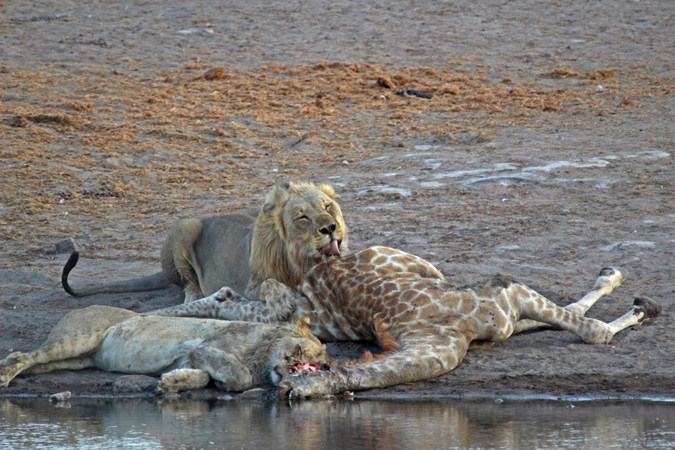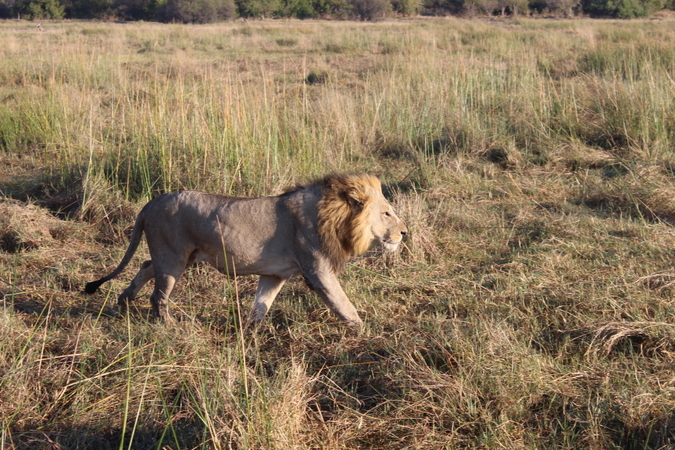
Recent research has revealed that lion populations in southern Africa show a significant loss of genetic diversity, and the negative trend has been traced to when European colonial settlers arrived in the area, and to the outbreak of rinderpest in the region.
This is a summary of the research document – please download the entire report for a greater understanding.
Most research focuses on reductions in population size and distributions, whereas the researchers believe that loss in genetic diversity is of utmost importance for the conservation of lions. Genetic diversity contributes to individual fitness, species evolutionary potential and ecosystem function and resilience.
Lions are an important flagship species that has undergone a significant population and range decline, with recent estimates of the lion population in Africa between 16,500 and 35,000 individuals. This represents an estimated decline of 42% over the past 21 years. Significant declines in lion and other wildlife populations have also been noted further back in time. As is the case for other species, the reduction in lion numbers has been driven primarily by human-wildlife conflict and habitat loss.

The research, conducted by Dures, Carbone, Loveridge, Maude, Midlane, Aschenborn and Gottelli, was based on comparing modern and historical lion populations from the KAZA region – Angola, Botswana, Namibia, Zambia and Zimbabwe. Historical DNA samples were extracted from museum specimens.
The resultant data demonstrates that, over the past century, the lion population of the Kavango–Zambezi region has lost genetic diversity, with current-day observed heterozygosity reduced by 12%–17% compared to historical populations, represented by a significantly more significant inbreeding coefficient. Although this decline is not as dramatic as that seen in some highly threatened or bottlenecked species such as Mauritius kestrel (Falco punctatus) at 57% or sea otters (Enhydra lutris) at 43%, it nevertheless represents a worrying reduction in diversity considering this population is one of only six lion strongholds remaining in Africa.

This decline in genetic diversity coincides with the arrival of the first western settlers in 1890 and the subsequent rise of the colonial presence in the region after the end of the Matabele Wars in 1897.
Modern firearms became more prevalent following European settlement and predators were often persecuted as vermin. Another contributing factor was likely the outbreak of the rinderpest virus during the late 1890s, which resulted in the death of vast populations of buffalo, giraffe and wildebeest, as well as domestic livestock. Such an epidemic is very likely to have also had a considerable impact on the predators of the region.

There is a risk of overestimating the potential for modern populations to resist the effects of the pressures that they face if genetic factors are not considered. Populations that may be regarded as stable by contemporary conservation managers may in fact show signs of genetic erosion, thus needing greater conservation attention.
The dramatic population decline of the African lion has made the protection of the remaining populations and the improvement of gene flow between populations of the utmost importance and has led to several transboundary conservation initiatives. Efforts must be made to conserve genetic diversity, without which a species resilience and ability to adapt to future unpredictable events become significantly compromised.
Full report: Simon G. Dures, Chris Carbone, Andrew J. Loveridge, Glyn Maude, Neil Midlane, Ortwin Aschenborn, Dada Gottelli (2019). A century of decline: Loss of genetic diversity in a southern African lion‐conservation stronghold. Diversity and Distributions. https://doi.org/10.1111/ddi.12905
To comment on this story: Login (or sign up) to our app here - it's a troll-free safe place 🙂.![]()








